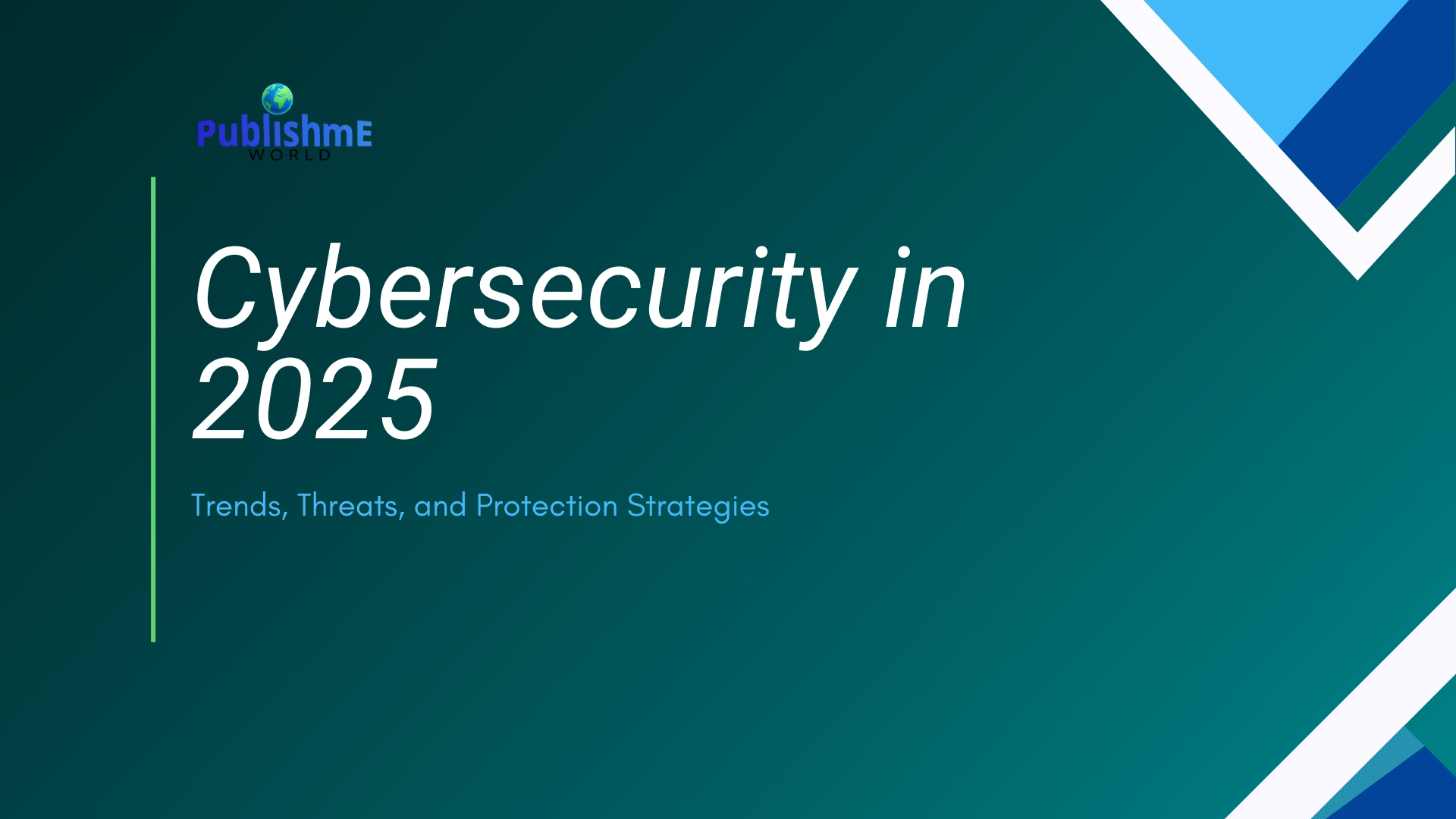Contents
Introduction
We live in a time when everything is connected—from smart homes and digital payments to healthcare systems and global supply chains. In 2025, cybersecurity is at the core of digital transformation, acting as both a shield and a backbone for the modern digital economy.
As our reliance on digital tools grows, so does the threat landscape. From ransomware attacks and identity theft to deepfake fraud and AI-powered hacking, cybercrime is more advanced, organized, and financially motivated than ever before.
Why cyber security means more than ever
Each industry has accelerated digital adoption. However, this feature has reached a price for cyber risk. Why cyber security is important in 2025:
Data is new oil: Protection of sensitive user and commercial data is non-parasic.
Remote and hybrid work models: They create more endpoints and weaknesses.
Rise of digital currencies: hackers quickly target crypto forms and exchanges.
Global Geophysical Cyberwaveer: State-proposed cyber Attacks are increasing.
In short, a strong cybersecurity currency is essential for both business continuity and national security.
Top Cybersecurity Trends in 2025
Find out some important trends that form cyber security scenario:
One. Zero Trust is the new standard
Zero Trust Model Verifications Each user and device at each point, provided no access is naturally safe. It is now mainstream for both large companies and small and medium -sized businesses.
B. Cyber Security Aries Architecture (CSMA)
CSMA enables a more modular and scalable approach to cyber security, integrates security checks into many environment-on-rich, clouds and edges.
C. Rise of six (Security-E-Service)
More companies outsourcer the security infrastructure for experts providing monitoring, risk management and reaction.
D. Biometric authentication and behavioral analysis
Fingerprint scanning, face identification and behavioral patterns (eg Keystroke rhythm) are used for the next level identification verification.
E. Devosecop’s culture
Cyber security is no longer one last step; It is made directly in development cycles- “Safety by Design” is new ideal.
New-Age Cyber Threats You Should Know
Rainmware 2.0
Modern ransomware not only encrypts data, but steals and leaks them, and if no ransom is paid, no pressure is paid to pay the victims.
B. Deepfeck -fraud
AI-båret stemme- og videokopiering brukes til å manipulere ansatte, gjennomføre svindel eller skade omdømme.
C. Utilization of Smart Device
IoT device- from smart TVs to medical equipment- due to lack of protection, is very weak.
D. Longing
Disappointed employee or careless entrepreneurs can be a serious risk, often ignorant important data leaks.
E. API weaknesses
Since the APIs rely on API to add business services, the most important goals for insecure or poorly configured API dangers are.
Business Cybersecurity Strategies in 2025
Companies are now more active than reactive. Important practice includes:
Employees Cyber Awareness Program: The cause of human error causes 85% of the violations – training is necessary.
Event Response Plan (IRP): Ready-to-Xcute strategies reduce shutdown during attack.
Data encryption at all levels: Data is encrypted at comfort, speed and during use.
Third -party supplier safety audit: Companies are only safe as their weakest link.
Safety information and event management (Siem) equipment for real -time insight.
Cybersecurity for Individuals
It’s not just a business at risk. Individuals must also secure their digital life:
Use strong, unique passwords for each account.
Enable 2FA (two -factor authentication) where possible.
Be careful with public wi-fi; Use a VPN when surfing.
Update software and equipment regularly.
Avoid clicking unknown link or download suspected attachments.
In addition, digital hygiene – dealing with digital footprints and removing unused accounts – is important.
Regulatory & Legal Landscape
Cyber laws are tightened globally to protect citizens and make organizations responsible:
General Data Protection Regulation (GDPR): Still impressive in global politics.
Digital India Act: India’s new digital law focuses extensively on user protection and platform responsibility.
AI Regulations: New structures ensure that AI equipment does not reach a chord with privacy or security.
Mandatory Reporting Act: Companies should report violations within 72 hours in many countries.
The Impact of AI, ML, and Quantum Computing
Artificial Intelligence (AI) & Machine Learning (ML)
Used in:
- Threat intelligence
- Automated vulnerability scanning
- Real-time risk detection
But also used by hackers to create malware that adapts in real-time.
Quantum Computing
Quantum computing will make traditional encryption obsolete. Experts are developing post-quantum cryptography to prepare for this shift.
10. Future of Cybersecurity Jobs
With cybercrime growing, demand for cybersecurity professionals is exploding.
In-demand roles:
- Cybersecurity Analyst
- Security Operations Center (SOC) Engineer
- Ethical Hacker / Penetration Tester
- Cloud Security Architect
- Chief Information Security Officer (CISO)
According to ISC², the global cybersecurity workforce needs to grow by more than 65% to effectively defend businesses.
11. Final Thoughts
Cybersecurity in 2025 is not optional—it’s foundational. The threats are real, complex, and constantly evolving. But so are the defenses. By embracing proactive strategies, leveraging the right tools, and cultivating a culture of cyber awareness, individuals and organizations can create a safer digital future.
As technology advances, cybersecurity will increasingly become a part of everyone’s role—from software developers to marketers, and from CEOs to everyday internet users.





